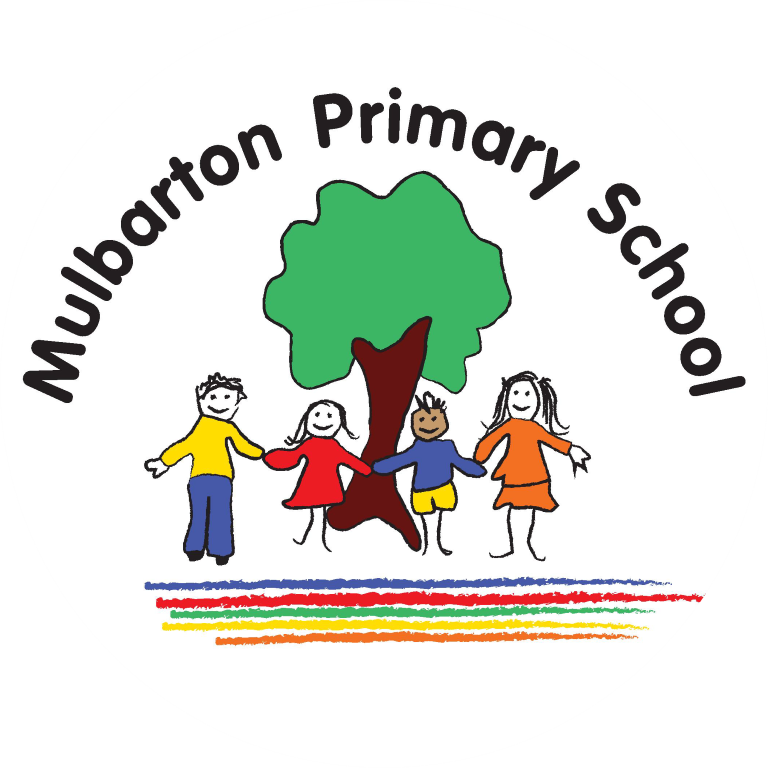Maths
What does Maths at Mulbarton Primary School look like?
At Mulbarton, we provide a broad and balanced maths curriculum which aims to develop confident mathematicians and problem-solvers. We aim to foster learners who are unafraid to take risks, can clearly communicate their mathematical thinking and are fluent and flexible with their application of maths across the curriculum.
Maths is mostly taught as discrete lessons using the White Rose scheme to inform coverage and content. We adapt the scheme to consider the needs of our students. Daily opportunities are provided through ‘Flashback’ questions to revisit and promote retrieval of prior learning. Concrete resources, visual prompts and modelled examples are used to introduce new concepts and support all learners. We encourage the use of a wide range of manipulatives and representations in Maths lessons, for example, Numicon, number beads, Dienes, counters, ten frames, part-part whole models and bar models.
Students in Reception regularly practise number facts through songs. Emphasis is placed on the ability to count, recognise, represent, compose and subitise numbers to 10.
To celebrate Maths and promote a positive mindset towards the subject, we participate in events such as Number Day and create opportunities throughout the curriculum to engage with investigative and problem-solving challenges, using resources such as those available on Nrich and Youcubed.
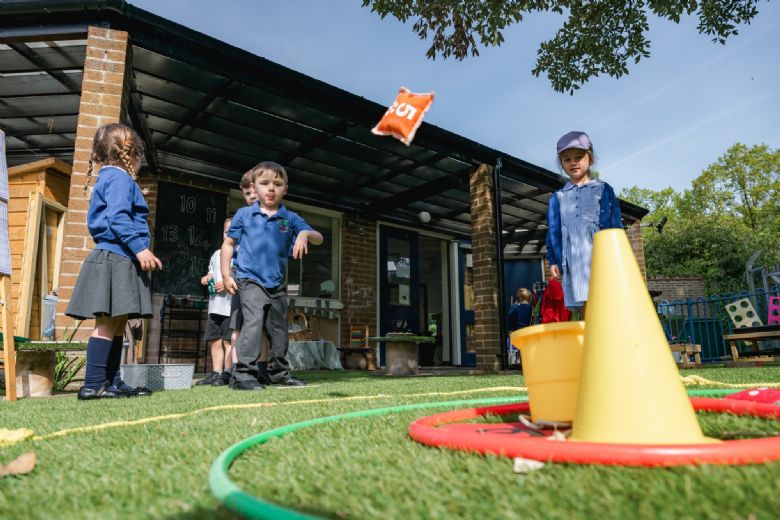 |
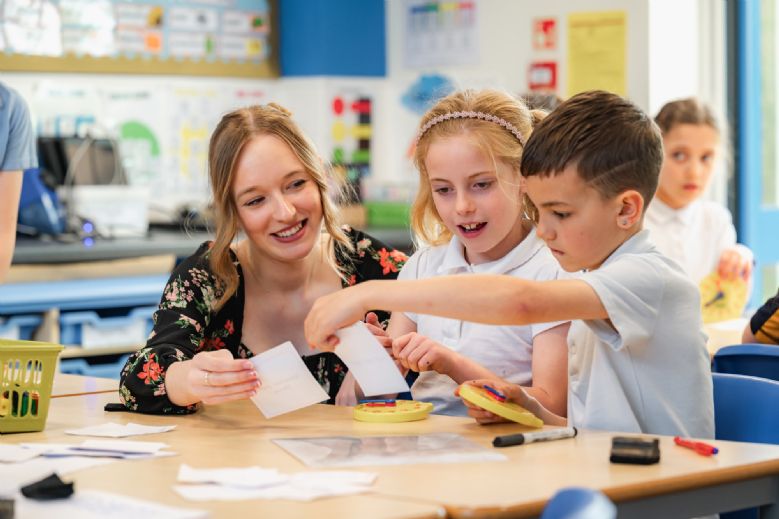 |
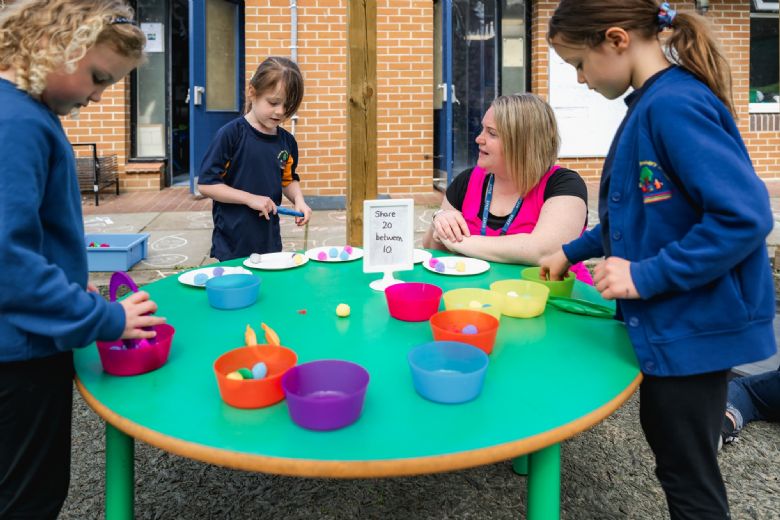 |
Maths overview
|
|
Aut 1 |
Aut 2 |
Spr 1 |
Spr 2 |
Sum 1 |
Sum 2 |
Reception |
Matching & sorting Size, mass, capacity Patterns |
1, 2, 3, 4, 5 |
5, 6, 7, 8 |
9 and 10 Bonds to 10 Odd and even Doubles 3D shape Pattern 2 |
Beyond 10 |
Sharing and grouping Patterns Maps |
Year 1 |
Place value (within 10) |
Addition and subtraction (within 10) |
Place value (within 20) Addition and subtraction (within 20) |
Place value (within 50) |
Multiplication and division Fractions Money Time |
Place value (within 100) Position and direction |
Year 2 |
Place value Addition |
Subtraction Money Multiplication and division |
Multiplication and division Statistics Fractions |
Time |
4 operations |
Mass, capacity and temperature Investigations Consolidation |
Year 3 |
Place value Addition and subtraction |
Multiplication and division |
Multiplication and division Fractions |
Time Mass and capacity |
Fractions Money Shape |
Statistics Consolidation |
Year 4 |
Place value Addition and subtraction |
Addition and subtraction |
Multiplication and division Length and perimeter |
Fractions Decimals |
Decimals Money Time |
Statistics Properties of shape Position and direction |
Year 5 |
Place value Addition and subtraction |
Multiplication and division Fractions |
Multiplication and division Fractions |
Decimals and percentages Negative numbers |
Perimeter and area |
Position and direction Converting units Volume |
Year 6 |
Place value 4 operations |
Fractions Converting units |
Ratio Algebra Decimals Area, perimeter and volume |
FDP |
FDP Area, volume and statistics Position and direction Revision |
Investigations Consolidation |
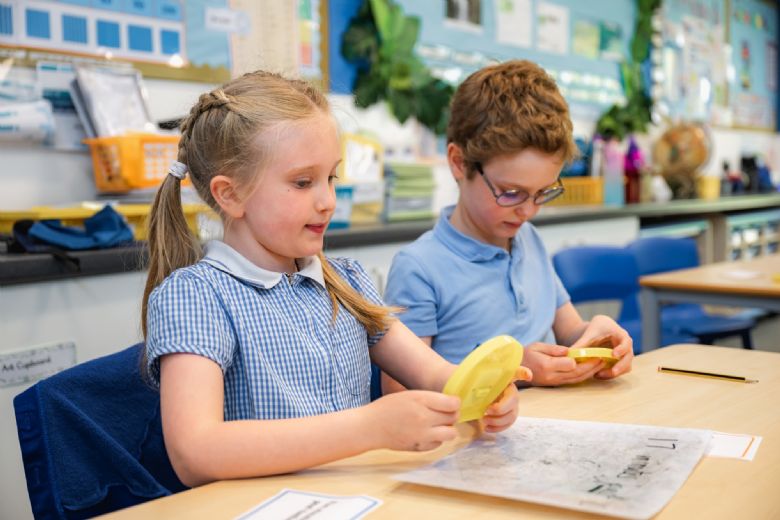 |
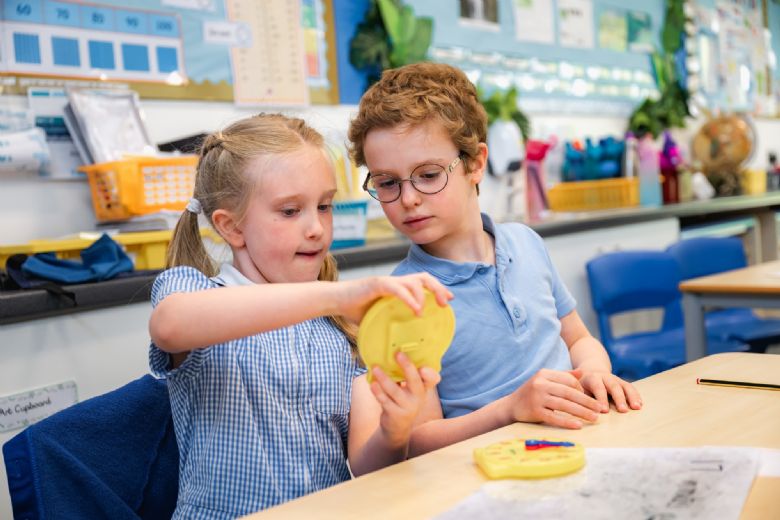 |
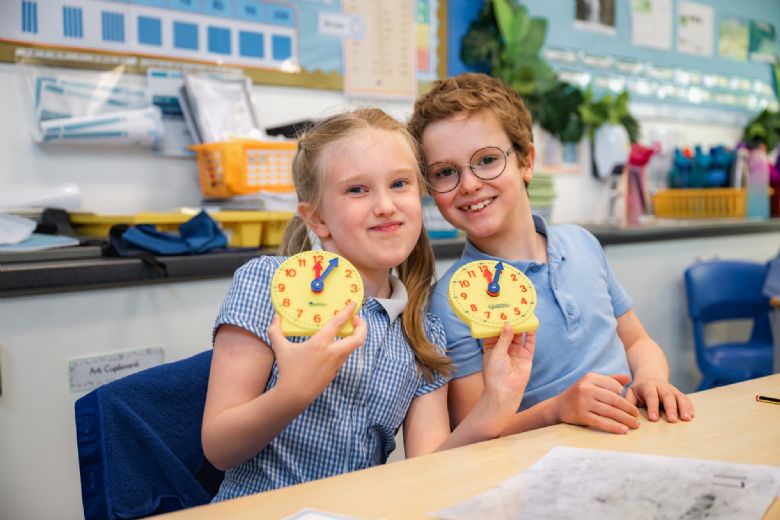 |
